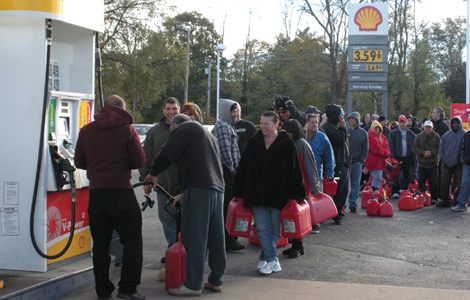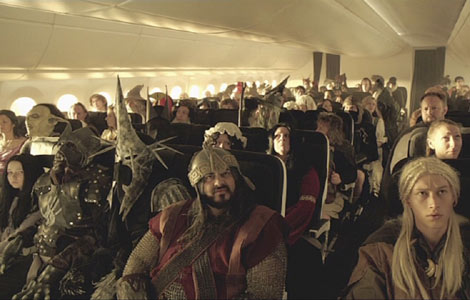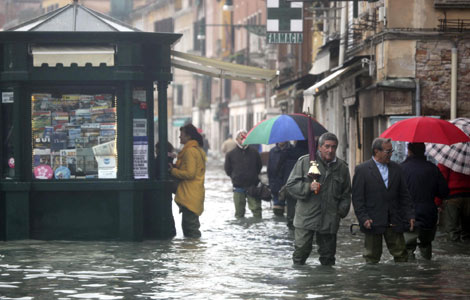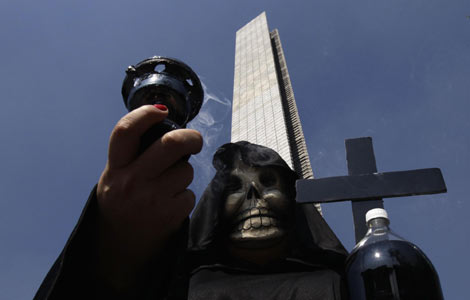
WASHINGTON - A tsunami warning was issued for Canada's northwest coast after a 7.7-magnitude earthquake hit off the Queen Charlotte Islands Saturday night.
Earthquake Canada said the tsunami warning issued by Environment Canada was in effect for coastal areas for the northern tip of Vancouver Island and elsewhere in British Columbia, as well as Alaska.
The U.S. Geological Survey said, the epicenter, with a depth of 17.5 km, was 202 km southwest of Prince Rupert in British Columbia, a coastal city 745 km north of Vancouver.
No casualties or damage have been reported so far.
According to government agency Natural Resources Canada, the quake hit 69 km west-southwest of Queen Charlotte City at 8:04 p.m. local time (0304 GMT).
The Queen Charlotte Islands, now known as Haida Gwaii, consist of two main islands. The sparsely populated area is home to nearly 4,000 people.
It was felt across much of north-central British Colombia, said the agency, which listed the quake at 7.1 magnitude.
Sharon Schultz, a dispatcher for the Queen Charlotte City fire department, told Xinhua that low-lying areas and the beach had been evacuated in the community of just over 1,000 people and no damage had been reported.
"Looks like we survived it," she said. "It was frightening and it was very loud, and it went on for probably 20 to 25 seconds. There were lots of little tremors afterward."
Schultz said the area frequently got small tremors, but Saturday's quake was the biggest she had felt.
Brent Ward, an associate professor in the Earth Sciences Department at Vancouver's Simon Fraser University, told Xinhua that if it was to remain at 7.7 magnitude, it would be one of the largest quakes since an 8.1- magnitude rocked the northwest coast of the Queen Charlotte Islands in 1949.
Ward added that the epicenter under the land, south of the town of Sandspit at a depth of 17 km, was quite shallow.
"In fact that's a problem because it means there's not a lot of dissipation of the energy from the earthquake, so the waves are much stronger when the epicenter is close to the surface and that was the situation in the Christchurch earthquakes (in New Zealand in 2010 and 2011) where the earthquake was shallow and therefore it had a significant effect on the buildings," he said.
The Pacific Tsunami Warning Center had issued a warning that a tsunami could possibly hit the coastlines of Hawaii at about 10:30 pm local time (0830 GMT Sunday). Ward said it was possible but unlikely.
"In this case, I suspect if there is a tsunami it would be very small. I haven't really heard any reports of any waves affecting the Charlottes, Alaska or northern British Columbia. It's more of a side-to-side movement of the fault rather than an up-down movement of the fault. You need that up-down movement to move the sea floor and trigger a tsunami."







